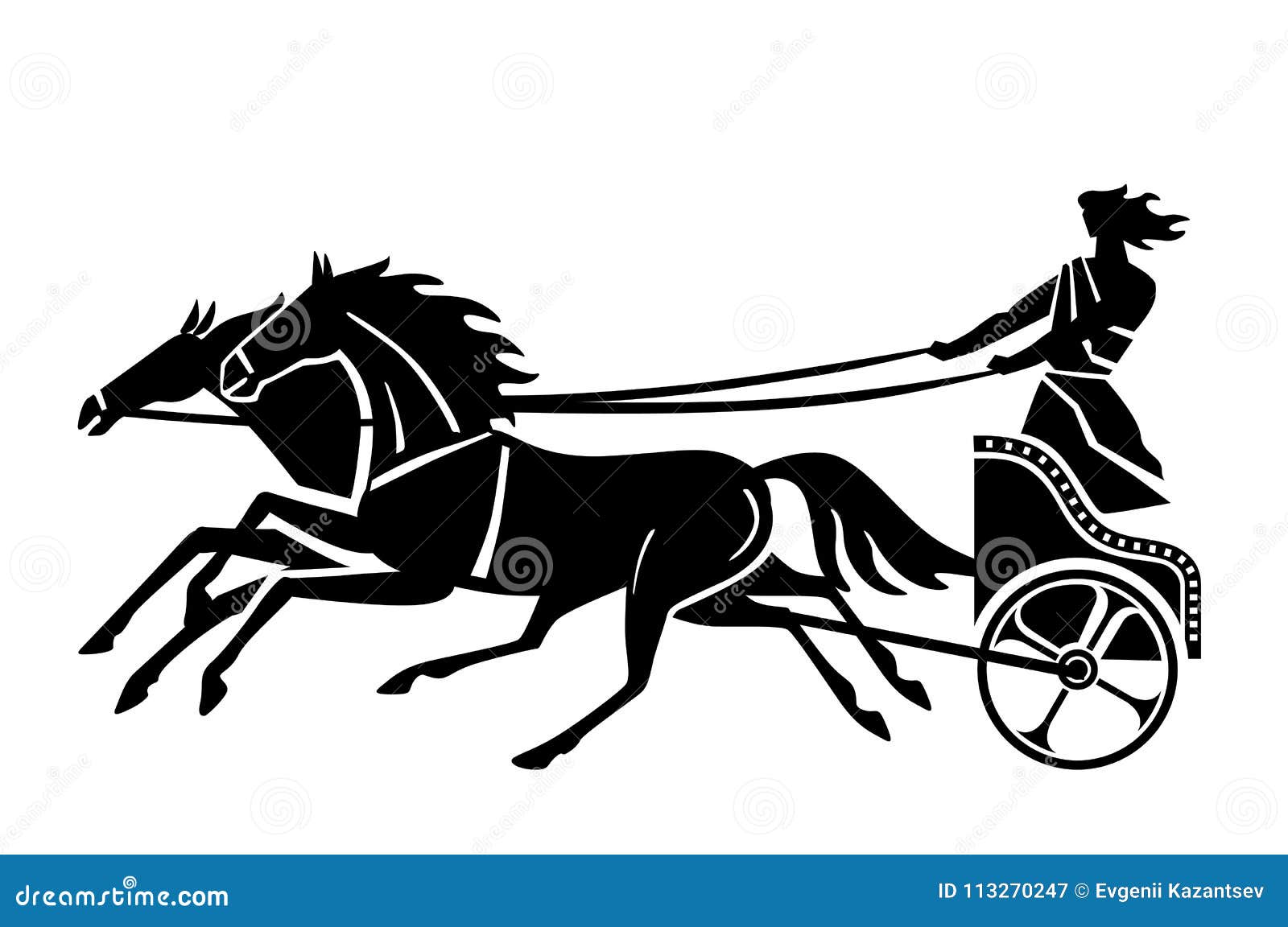

A quadiga‘s lead horse was the focus of attention for fans, charioteers, and gamblers. Even the famous charioteer Polydus’ horse, Compressor, was depicted in mosaics( above). Horses were worthy of reputation and respect for their prowess in a race. Mosaic naming Polydus the charioteer and his lead horse, Compressor.

At either end of the spina was a meta (turning point) in the form of large gilded columns this is where commonly crashes happened. On the top of the spinae stood small tables or frames supported on pillars, and also small pieces of marble in the shape of eggs or dolphins (as seen in the Ben Hur video). Once the race had begun, the chariots (sometimes teams belonging to the same color faction) could move in front of each other in an attempt to cause their opponents to crash into the spinae (the long divider with statues and the obelisk). This was done in order to free up their hands in order to use a whip or whatnot. They would tie the reins around their torso and lean to whichever side they desired to turn. Roman drivers steered their chariots using their body weight. Accidents were known as naufragia or shipwrecks. N aufragia and last-minute surges from behind were the most exciting features of a race. Races were held between quadrigae (four horse chariots) although other sizes were also used like the two horse chariot or even the rare ten horse chariot. Chariots were made from wood and leather in order to be light and maximize handling. The races began at the dropping of a mappa (cloth) by a magistrate from the imperial box or above the starting gates.

The racers in their chariots would take their places behind the carceres. The staggered starting gates are to the left. Ground plan of the Circus Maximus, according to Samuel Ball Platner, 1911.


 0 kommentar(er)
0 kommentar(er)
